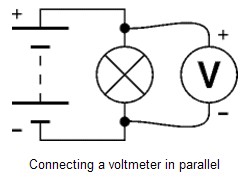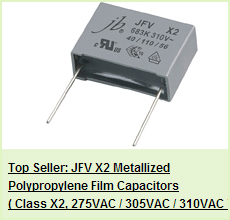On Nov 9th~12th,2010, jb Capacitors Company exhibit at Electronica 2010 in Munich, Germany.
Booth No. is B6.437/10.



Below you can see our green booth photos. Our booth are very popular, many customers visited our booth with great pleasure.
Our exhibition are very successful.
On the show, we exhibit below, also welcome to contact our sales if you are interested in our leafletes, sample kits, and green bags, and samples.
1. jb Capacitors green leaflets
2. jb Capacitors green sample kits
3. jb Capacitors green bags
4. jb Capacitors samples: including below different series of samples:
JFB - Metallized Polyester Film Capacitor
0.1uF 250V +/-10% P:10mm Bulk RoHS
0.047uF 400V +/-10% P:10mm Bulk RoHS
0.47uF 250V +/-10% P:15mm Bulk RoHS
JFD - Box Type Metallized Polyester Film Capacitor
0.1uF 250V +/-10% P:15mm Bulk RoHS
JFJ - Mini Box Stacked Metallized Polyester Film Capacitor
0.047uF/63V +/-5% P:5mm Bulk RoHS
0.15uF 100V +/-5% P: 5mm Bulk RoHS
0.22uF 63V +/-5% P:5mm Bulk RoHS
0.1uF 100V +/-5% P:5mm 7.2*6.5*2.5mm Bulk RoHS
JFL - Metallized Polypropylene Film Capacitor
0.33uF 100V +/-10% P:15mm Bulk RoHS
Axial Metallized Polyester & Polypropylene Film Capacitor
JFGA 0.22uF 100V +/-10% 15*7MM Bulk RoHS
JFGA 0.33uF 630VDC +/-10% Bulk RoHS
JFX - Premium Met Polypropylene Film Capacitors – Axial
4.7uF 250V +/-5% Bulk RoHS
JFN - X2 Metallized Polypropylene Film Capacitor
0.1uF 275VAC +/-10% P:15mm Bulk RoHS
0.15uF 275VAC +/-10% P:15mm Bulk RoHS
0.22uF 275VAC +/-10% P:15mm Bulk RoHS
0.1uF 275VAC +/-10% P:10mm Bulk RoHS
0.33uF 275VAC +/-10% P:15mm Bulk RoHS
0.47uF 275VAC +/-10% P:22.5mm Bulk RoHS
0.068uF 275VAC +/-10% P:10mm Bulk RoHS
JFO - X2 Metallized Polypropylene Film Capacitor
0.047uF 275VAC +/-10% P:10mm Bulk RoHS
0.1uF 275VAC +/-10% P:10mm Bulk RoHS
0.33uF 275VAC +/-10% P:15mm Bulk RoHS
0.47uF 275VAC +/-10% P:15mm Bulk RoHS
JFP - High Voltage Met Polypropylene Film Capacitor
470pF 2000V +/-10% P:15mm Bulk RoHS
JCS--SMD - Aluminum Electrolytic Capacitors
10uF 50V +/-20% 6.3x5.4mm 2000h at 85°C
22uF 16V +/-20% Size:4*5.4mm 2000h at 85°C
JNE--Snap in Aluminum Electrolytic Capacitors
470uF 200V +/-20% 2000h 25x30mm P:10mm 2000h at 105°C Bulk RoHS
JMJ--Screw terminals Aluminum Electrolytic Capacitors
22000uF 63V +/-20% Size: 51x80mm 2000h at 85°C Bulk RoHS



















